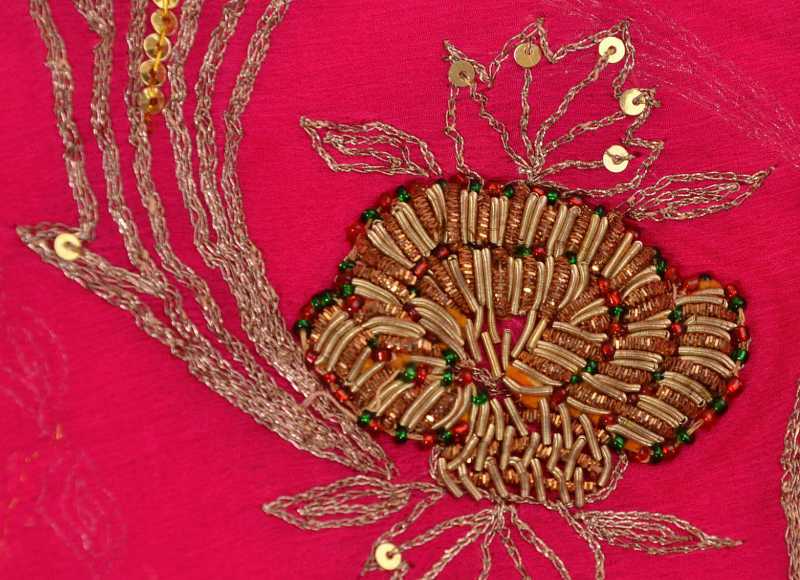===
0851,
1
===

=== |
 |
poshiidah kyaa rahe hai qudrat-numaa))ii-e dil
dekhii nah be-sutuu;N me;N zor-aazmaa))ii-e dil
1a) as if the power-showing of the heart remains veiled! (it doesn't at all remain so!)
1b) how the power-showing of the heart remains veiled!
(it indeed always remains so!)
1c) does the power-showing of the heart remain veiled?
(or does it not?)
2a) we saw, didn't we, in the Pillarless Mountain, the strength-testing of the heart?
2b) we didn't see, in the Pillarless Mountain, the strength-testing of the heart
qudrat : 'Power, ability, potency, vigour, force, authority, virtue; divine power, omnipotence; —the creation, the universe, nature'. (Platts p.788)
FWP:
SETS == KYA
MOTIFS
NAMES == [FARHAD]
TERMS == INSHA'IYAHWell, I'm not sure SRF is giving this elegant verse enough credit. For the 'kya effect' in the first line is beautifully correlated with the two possible readings in the second line. SRF seems to read only (2a), in which the nah is a colloquial invitation for a nod of confirmation ('right?' or 'okay?'; on this usage see {52,2}). That's fine of course, but why not a literal, grammatically faithful reading (2b) as well?
If we read (1b) and (2b), we learn that Farhad's display of heart-power does in fact remain emphatically veiled: in Farhad's cutting through the stone of the Koh-e Be-sutun we saw only his physical force (or perhaps his physical force supported by only some portion of his heart's strength). That was what we could perceive-- but what more was going on in his heart, that remained veiled from our sight?
This kind of 'meaning-machine' structure is classically Ghalibian, but Mir has all the same devices at his disposal, and knows very well how to use them.